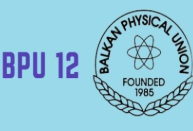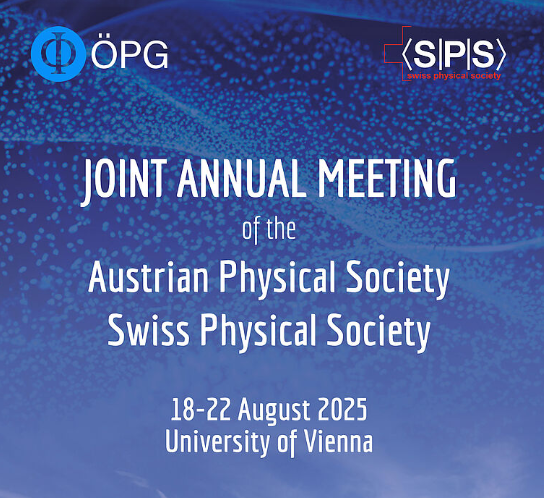https://doi.org/10.1140/epjc/s10052-020-08774-2
Regular Article - Theoretical Physics
Statistical interpretation of sterile neutrino oscillation searches at reactors
1
Instituto de Física Teórica UAM/CSIC, Universidad Autónoma de Madrid, Calle Nicolás Cabrera 13-15, 28049, Madrid, Spain
2
Instituto de Física Corpuscular UV/CSIC, Parque Científico, Calle Catedrático José Beltrán 2, 46980, Paterna, Spain
3
Physics Department, Center for Neutrino Physics, Virginia Tech, Blacksburg, USA
4
Institut für Astroteilchenphysik, Karlsruher Institut für Technologie (KIT), 76021, Karlsruhe, Germany
Received:
31
August
2020
Accepted:
16
December
2020
Published online:
2
January
2021
A considerable experimental effort is currently under way to test the persistent hints for oscillations due to an eV-scale sterile neutrino in the data of various reactor neutrino experiments. The assessment of the statistical significance of these hints is usually based on Wilks’ theorem, whereby the assumption is made that the log-likelihood is  -distributed. However, it is well known that the preconditions for the validity of Wilks’ theorem are not fulfilled for neutrino oscillation experiments. In this work we derive a simple asymptotic form of the actual distribution of the log-likelihood based on reinterpreting the problem as fitting white Gaussian noise. From this formalism we show that, even in the absence of a sterile neutrino, the expectation value for the maximum likelihood estimate of the mixing angle remains non-zero with attendant large values of the log-likelihood. Our analytical results are then confirmed by numerical simulations of a toy reactor experiment. Finally, we apply this framework to the data of the Neutrino-4 experiment and show that the null hypothesis of no-oscillation is rejected at the 2.6
-distributed. However, it is well known that the preconditions for the validity of Wilks’ theorem are not fulfilled for neutrino oscillation experiments. In this work we derive a simple asymptotic form of the actual distribution of the log-likelihood based on reinterpreting the problem as fitting white Gaussian noise. From this formalism we show that, even in the absence of a sterile neutrino, the expectation value for the maximum likelihood estimate of the mixing angle remains non-zero with attendant large values of the log-likelihood. Our analytical results are then confirmed by numerical simulations of a toy reactor experiment. Finally, we apply this framework to the data of the Neutrino-4 experiment and show that the null hypothesis of no-oscillation is rejected at the 2.6  level, compared to 3.2
level, compared to 3.2  obtained under the assumption that Wilks’ theorem applies.
obtained under the assumption that Wilks’ theorem applies.
© The Author(s) 2020
 Open Access This article is licensed under a Creative Commons Attribution 4.0 International License, which permits use, sharing, adaptation, distribution and reproduction in any medium or format, as long as you give appropriate credit to the original author(s) and the source, provide a link to the Creative Commons licence, and indicate if changes were made. The images or other third party material in this article are included in the article’s Creative Commons licence, unless indicated otherwise in a credit line to the material. If material is not included in the article’s Creative Commons licence and your intended use is not permitted by statutory regulation or exceeds the permitted use, you will need to obtain permission directly from the copyright holder. To view a copy of this licence, visit http://creativecommons.org/licenses/by/4.0/.
Open Access This article is licensed under a Creative Commons Attribution 4.0 International License, which permits use, sharing, adaptation, distribution and reproduction in any medium or format, as long as you give appropriate credit to the original author(s) and the source, provide a link to the Creative Commons licence, and indicate if changes were made. The images or other third party material in this article are included in the article’s Creative Commons licence, unless indicated otherwise in a credit line to the material. If material is not included in the article’s Creative Commons licence and your intended use is not permitted by statutory regulation or exceeds the permitted use, you will need to obtain permission directly from the copyright holder. To view a copy of this licence, visit http://creativecommons.org/licenses/by/4.0/.
Funded by SCOAP3




